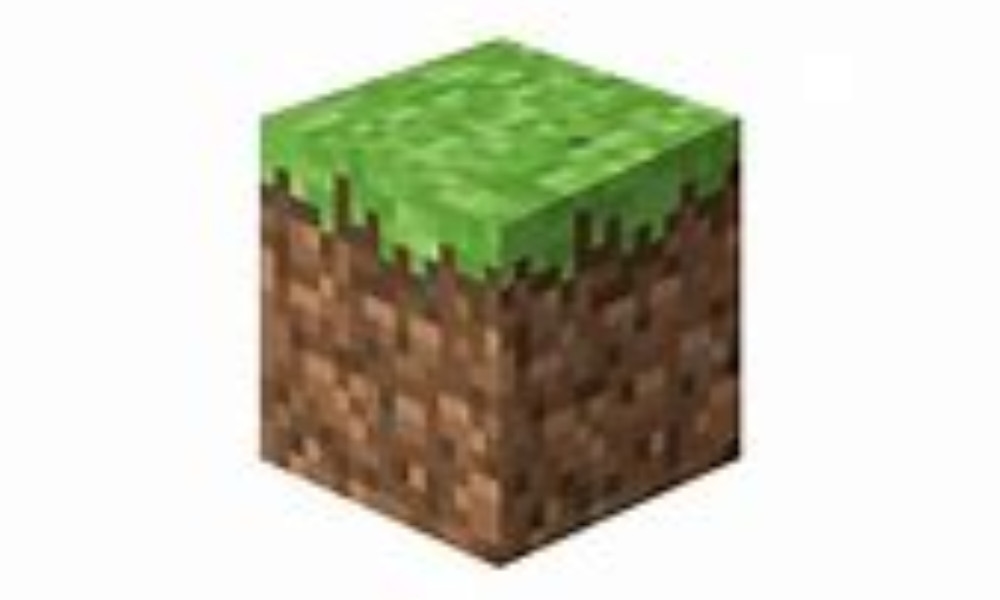
MINECRAFT
¿Qué es Minecraft?
Minecraft es un videojuego san box desarrollado por Mojan disponible para dispositivos –Android e iOS–, ordenadores y consolas. Sandbox significa que el jugador tiene libertad absoluta en sus acciones para construir mundos tridimensionales. Todos los objetos de Minecraft son cúbicos.
Todos hemos escuchado alguna vez sobre Minecraft. Es un juego que consiguió mucha atención, sobre todo entre los más jóvenes, y batió récords en ventas y descargas a nivel mundial.
Pero, ¿qué es Minecraft? ¿Cómo se juega? ¿Por qué es tan popular entre los niños?
Si eres padre, o estás interesado en jugar por primera vez, esta guía básica de Minecraft te será de muchísima ayuda.
Conocerás los términos y conceptos claves de Minecraft, para que cuando empieces tu aventura, aproveches el tiempo al máximo.
¿Qué es Minecraft?
Minecraft es un videojuego san box desarrollado por Mojan disponible para dispositivos –Android e iOS–, ordenadores y consolas. Sandbox significa que el jugador tiene libertad absoluta en sus acciones para construir mundos tridimensionales.
Todos los objetos de Minecraft son cúbicos. Los bloques representan elementos naturales, como arena, madera o hierro, que el jugador puede moldear con herramientas y así dar forma a casas, armas, mundo y objetos reales![]()
La magia de Minecraft es que todo es posible. No hay limitaciones. Solo la imaginación del jugador. Este deberá recolectar los objetos que, cuando se combinan, forman estructuras tridimensionales impresionantes. Entornos y ecosistemas completos tallados desde cero a merced de la creatividad humana.
¿Cómo funciona?
Lo primero que tienes que hacer es descargar e instalar el videojuego en el dispositivo de tu preferencia. Luego crea una cuenta con correo electrónico, confirma el mensaje en tu bandeja de entrada y elige un nombre de usuario personalizado.
Finalmente, escoge algún servidor que sea de tu agrado y comienza a forjar tu entorno pixelado.
Algo interesante sobre el juego de construcción mundo abierto desarrollado por Mojan es que cada partida es totalmente nueva. No existen dos mundos iguales, el algoritmo trabaja para programar desde cero y evitar repeticiones.
Por tanto, cada partida en Minecraft es una aventura única y exclusiva.
Modos de juego
Existen tres modos de juego Minecraft. Cada una tiene tres dificultades: principiante, moderado y complejo. Hablemos un poco de cada uno y en qué se caracterizan.
- Supervivencia. Como lo dice su nombre, el objetivo de este modo es no perecer. Los animales salvajes querrán comerte, deberás escapar, resguardarte en fortalezas y crear armas para combatir la amenaza. Tenemos 10 vidas, las cuales debemos asegurarnos de no gastar.
- Creativo. El modo creativo de Minecraft es el más ambicioso y divertido del videojuego. No solo tienes autopista libre para jugar, ya que los animales y monstruos no te harán daño, sino que puedes probar diferentes combinaciones de diseño, unir elementos y exprimir tu creatividad al máximo.
- Aventura. Es el modo favorito de muchos jugadores. Tienes el reto de fabricar mundos para otros usuarios. Debes ponerte manos a la obra e imaginar entornos que sorprendan a la comunidad. Toma todas tus herramientas, recoge la mayor cantidad de bloques posibles y construye lo que te apetezca.
¿Por qué Minecraft es tan popular?
Hay numerosas razones que hacen a Minecraft el juego de la época. La facilidad y flexibilidad son sus más grandes atractivos.
No necesitas preocuparte por completar misiones aburridas, ni escapar de otros jugadores que te eliminan rápidamente.
Aquí tienes todo el tiempo del mundo, las herramientas necesarias y el entorno entero para divertirte. Es por eso que los jóvenes están enganchados al videojuego de construcción, ya que no necesitan ser expertos.
![]()
De hecho, el impacto es tan grande, que se está pensando usar Minecraft como mecanismo de aprendizaje en los colegios. El objetivo es que los estudiantes trabajen su vena creativa y se conviertan en profesionales con la capacidad de fortalecer habilidades mentales, gestar nuevas e interesantes ideas y resolver problemas complejos.